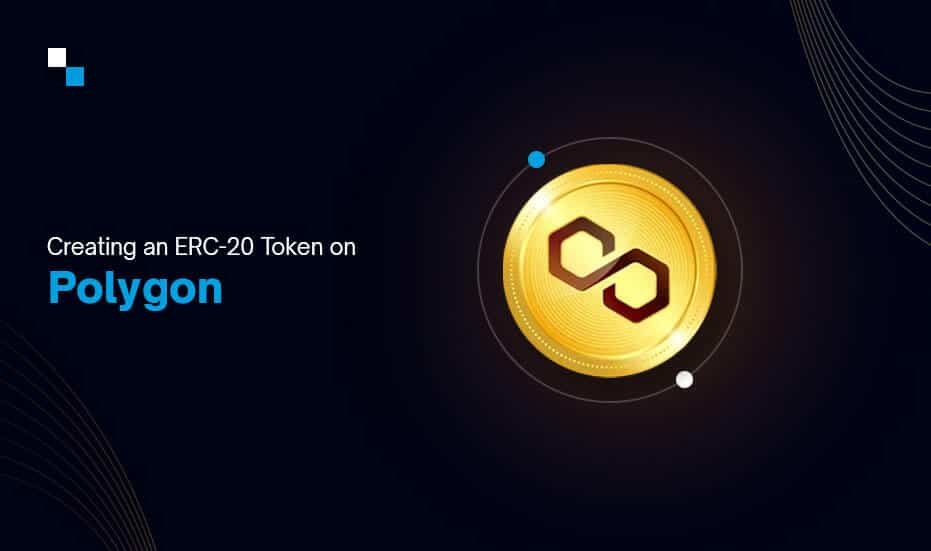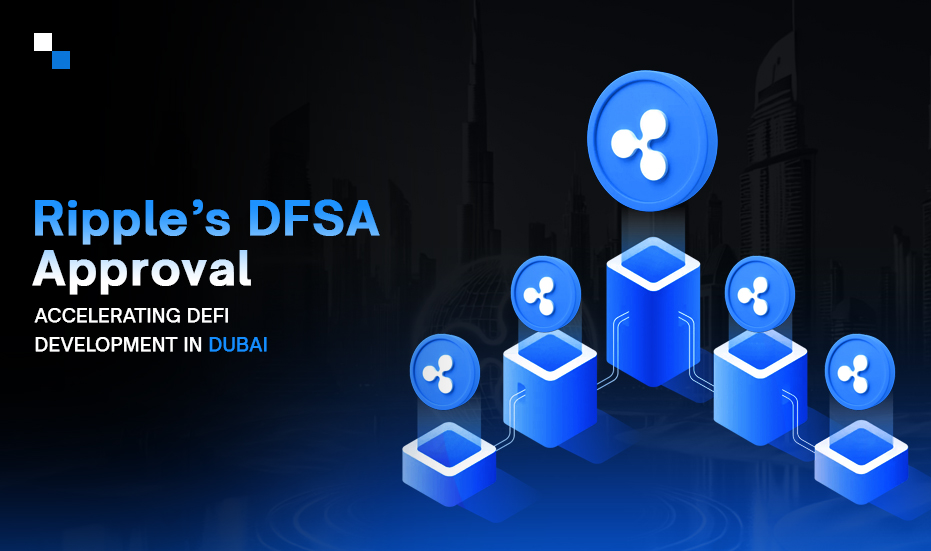
How to Launch Your Bitcoin Exchange Software in the United Kingdom in 2022?
August 5, 2022
DeFi Wallet Development: Your Key to Success in Cryptoverse
August 8, 2022Ethereum has seen phenomenal growth over the last 6-7 years. Its DeFi capabilities unlocked a new sector for crypto. However, Ethereum has a comparatively high cost of gas fees from the other blockchain networks making it difficult for users to continue using Ethereum. This led to the development of Layer-2 chains where the cost of ERC-20 token development and transfers is very low in comparison to Ethereum.
Polygon and Ethereum are layer-2 chains and both are Virtual Machine compatible blockchains that support ERC-20 token development. Planning to create an ERC-20 token on Polygon? It would be essential for you to know all about the ERC-20 token.
What is an ERC-20 Token?
An ERC-20 token is a fungible token backed by a smart contract and it represents some value on the Ethereum blockchain. In the ERC-20 token, ERC refers to “Ethereum request for comment” and ERC-20 represents the technical standard that defines a set of rules that the ERC-20 tokens need to follow.
Rules that ERC-20 Tokens need to follow
The ERC-20 token standard defines the following functionalities for token development:
- The token must be transferable from one address to another.
- It should be capable of reflecting the current token balance of a wallet.
- It should be capable of reflecting the total supply of the token available on the blockchain.
- It should be able to approve whether a particular number of tokens from a wallet can be spent by a third party by designing preset rules on which a smart contract would function.
- Allows automatic transfer of tokens from one address to another when desired.
- A set number of tokens would be returned by the sender to the owner in the form of an allowance.
While programming for an ERC-20 token, the smart Contract must be made capable of implementing all these functionalities. Once the smart contract deploys the ERC-20 token, it should also be capable of keeping track of the tokens created on the Ethereum blockchain.
Why should you build ERC-20 tokens on Polygon instead of Ethereum?
With the Ethereum network gaining a lot of traction, its incapability to scale became a roadblock. The gas prices soared and transactions started to take longer. To avoid the gas crises and slow transaction speed, we as an ERC20 token development company started to build dApps on Polygon or what is known as the Polygon Proof of Stake chain.
Build Your own ERC20 token with Us
Schedule Free DemoOne big advantage of Polygon PoS is that it is turning into a complete ecosystem. For example, it recently announced its Ethereum scaling and ZK innovation, the first EVM-compatible ZK Layer-2. Another scaling solution Polygon Hermez, a ZK rollup is already live for payments. It means that when you create an ERC-20 token on Polygon, it will be much cheaper and faster to transact in comparison to an ERC-20 token on Ethereum.
In the current scenario, Polygon is capable of supporting 10,000 transactions per second while Ethereum allows 13 transactions per second only.
ERC20 Polygon Bridge – How does it work?
To create an ERC-20 token on Polygon, you need to use a Polygon bridge. The smart contract of the bridge takes the custody of your ERC-20 token on Ethereum and creates a wrapped version of your asset token on Polygon.
How does the bridge function?
Before you bridge the token to Polygon, you need to create the token on Ethereum. For this token development, you would need the same set of tools as required for creating Ethereum tokens because Polygon is an EVM- compatible chain.
Here are the essential tools used for creating ERC-20 tokens on Polygon:
- A web-based solidity IDE – It provides you few sample contracts based on which you can build your ERC-20 token.
- A wallet that supports ERC-20
- A secure standard for blockchain contract
- Polygon test network
- A place from where you can obtain testnet ETH
Deploying the contract
Once the code of the smart contract is reviewed, the process of deployment will begin.
The deployment process will involve these easy steps:
- Connecting MetaMask wallet to Polygon Mainnet
- Topping up the wallet with Polygon tokens
- Create a node or app based on the Polygon blockchain
- Reconfigure hardhat
- Run deploy commands
All this must be done on testnets using fundamentals like bridging the ERC-20 contract from the Ethereum Goerli testnet to the Polygon Mumbai testnet. If this tests out fine, the same process needs to be deployed on Ethereum and Polygon mainnet too.
Wrapping it up
Polygon is EVM-compatible and a better alternative for Ethereum token developers as it charges lesser gas fees and enables quicker transactions.
As an ERC20 token development company, we have deployed hundreds of ERC-20 smart contracts on Ethereum and have bridged them to Polygon mainnet.
Connect with our subject matter experts to share your business needs.



